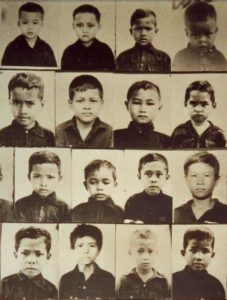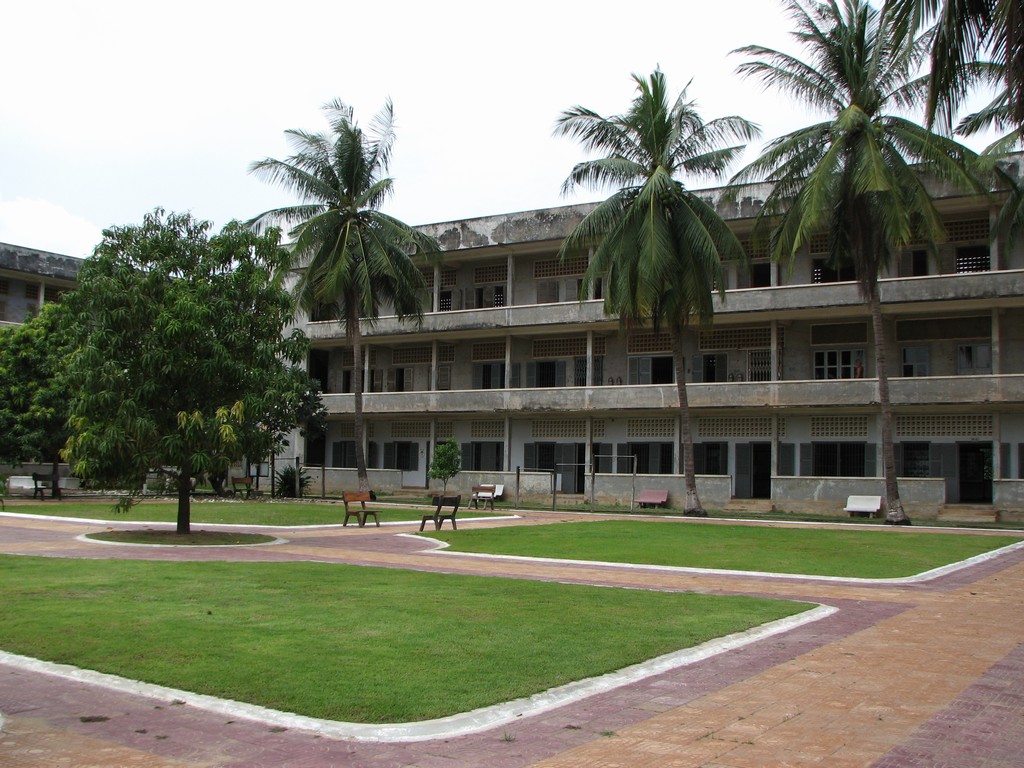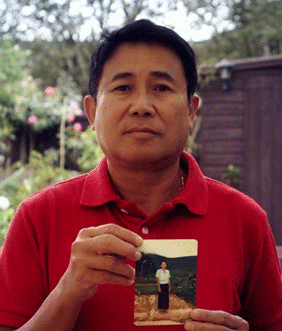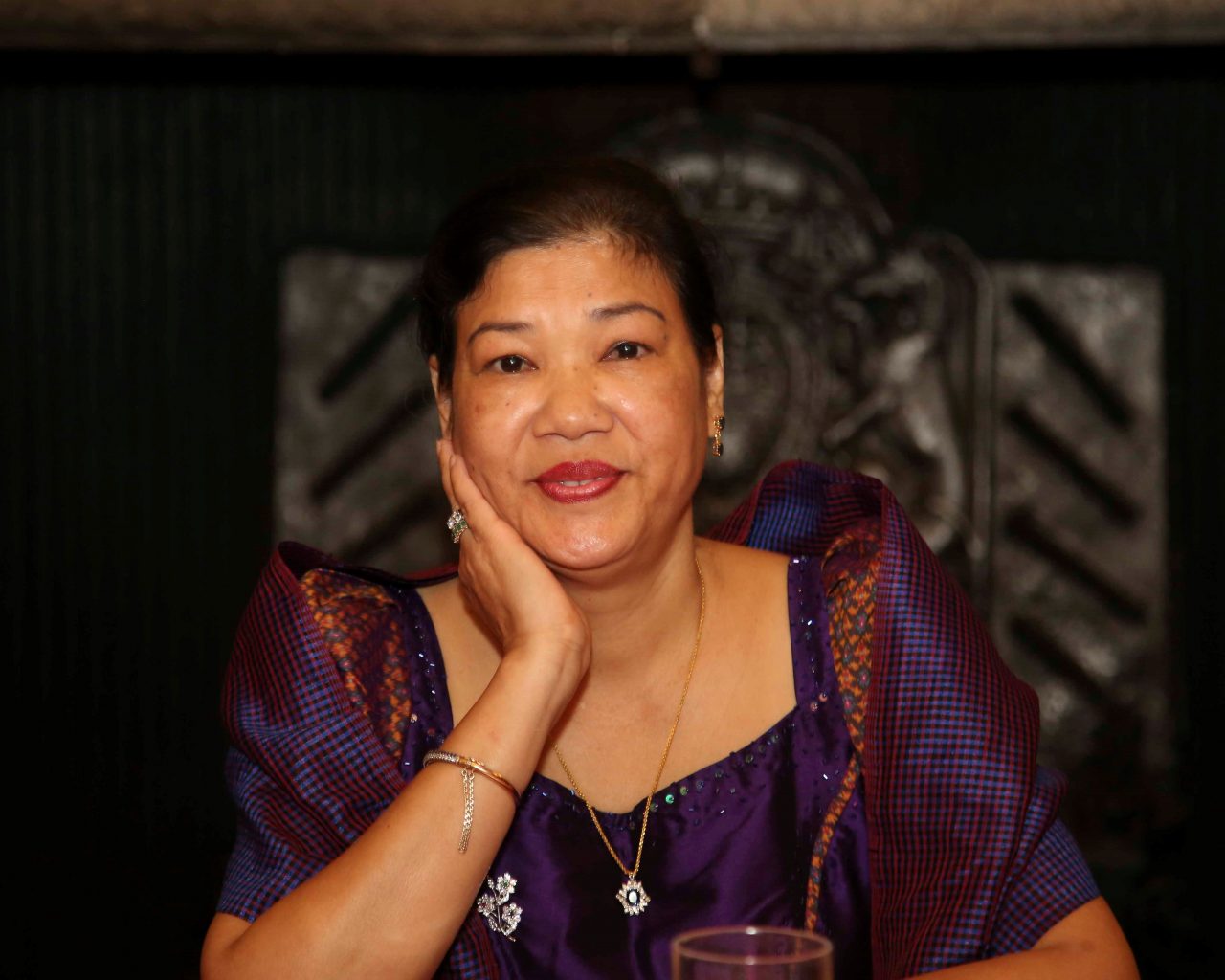17 April 1975: Khmer Rouge Forces enter the capital of Cambodia
On 17 April 1975, Khmer Rouge forces entered Phnom Penh, the capital of Cambodia and defeated the ruling Lon Nol Army.

Cambodian children © Tuol Sleng Museum of Genocide
The taking of Phnom Penh marked the beginning of the genocide in Cambodia, during which it is estimated that well over two million people were murdered.
Survivor Sophal Leng Stagg remembers:
On the night of 16 April 1975 we were awakened by the terrible sounds of bombs and guns, close at hand. The explosions were so near that our house shook with each burst. To the mind of a terrified nine-year-old girl, it seemed that the gunfire was aimed directly at me… I soon learned that the people I loved the most would begin to experience the worst horrors imaginable. We knew our lives would be changed forever.
Between 1975 and 1979 a brutal revolution took place in Cambodia. Led by Pol Pot, a radical communist group, known as the Khmer Rouge, seized power following a period of instability. They declared the date year zero and ruthlessly imposed an extremist programme to reconstruct Cambodia. They claimed to be returning society to a golden age when the land was cultivated by peasants.


